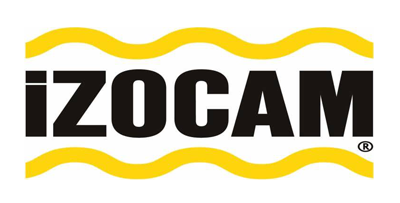










Refractory materials should be disposed of when they complete their lifetime or subjected to the recycling process to be reassessed. In the last 20 years, refractory industry favored the recycling process and minimized the damage to the environment, as well as reduced the implementation costs. Research show that there is no difference between the thermal stability of the converted refractory materials and the newly produced ones. Thanks to the latest techniques developed in terms of recycling methods, this process is easier and efficient than ever before.
The recycling process of refractory materials varies according to the nature and structure of the material. For example, when a furnace gets disassembled, there will be many and different parts to be subjected to the recycling process. It is not possible to apply the same treatment for all of these parts. Therefore, the first thing to be done is to make a discrimination based on the category of refractory materials. MgO refractories, carbon refractories, and carbonless refractory materials is an example of this distinction. Iron and slag can be found with different rates in each of these components. Therefore, the first thing to do is to separate iron, slag and other materials from one another. This process is usually accomplished by magnetic methods, but it is also possible to do manually.
After this process, the refractory material is pulverized. For this operation (depending on the type of material) pressure, heating or milling methods can be used. The goal is to try to return the refractory material of the first and pure form. For this reason, throughout this process, all necessary measures must be taken to avoid exposure to moisture and dust. Recycling is a process which is important in many respects, as mentioned above. Monthly production of refractory waste in a steel factory is around 4,100 tons. With an efficient recycling process, a portion of refractory close to 40% can be saved and re-used in the industry. Thus, the damage to the environment will be prevented and operating costs will also be reduced significantly.











You can learn more about what we have accomplished in detail by reviewing our recent projects
More Details